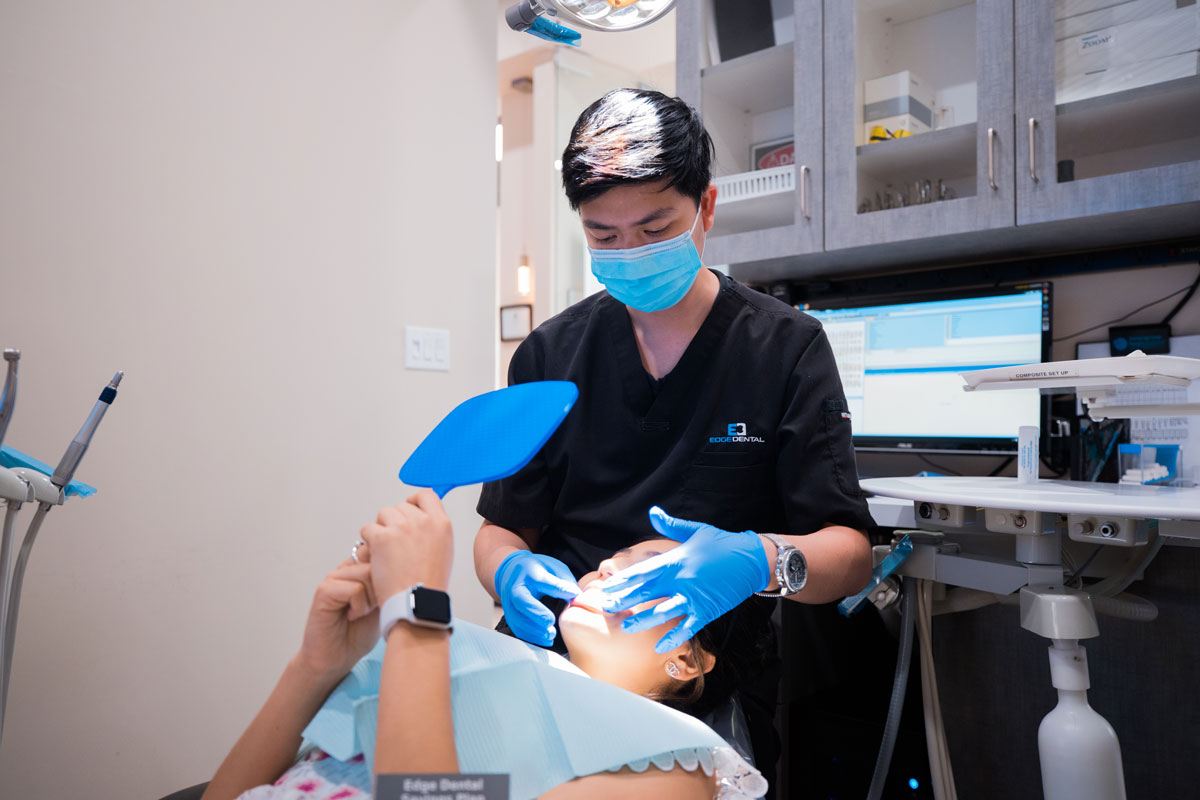What are the procedures for dental implant and its recovery?
Dental implants have become a popular and effective solution for replacing missing teeth. This article aims to provide an in-depth understanding of the dental implant procedure and the subsequent recovery process. By exploring the five subheadings below, we will delve into the various steps involved in a dental implant surgery and discuss the necessary precautions and measures for a successful recovery.
Pre-implant Evaluation and Planning
Before the dental implant procedure, an initial evaluation and planning phase is essential. This stage involves a comprehensive examination of the patient's oral health, including X-rays, 3D imaging, and dental impressions. The dentist will assess bone density, gum health, and overall oral condition to determine the suitability for dental implants. A personalized treatment plan is then developed, taking into account factors such as the number of implants required and the type of restoration to be used.

Implant Placement Surgery
The implant placement surgery is typically performed under local anesthesia. During the procedure, the oral surgeon or implantologist makes an incision in the gum tissue to expose the underlying bone. A small hole is then drilled into the bone, and the dental implant, usually a titanium post, is inserted carefully. The gum tissue is sutured back, leaving the implant securely in place. In some cases, temporary restorations may be attached during the same procedure.
Osseointegration - Bonding of Implant and Jawbone
Osseointegration is a crucial stage in the dental implant process. It involves the integration of the implant with the jawbone, where the bone grows and fuses around the implant surface. This process typically takes several months, allowing the implant to become firmly anchored in the jaw. During this healing period, patients may be advised to follow a soft or liquid diet and avoid placing excessive pressure on the implant site.
Placement of Abutment and Prosthesis
Once osseointegration is complete, the next step involves the placement of an abutment on the implant. The abutment acts as a connector between the implant and the final prosthesis. The dentist carefully exposes the implant by reopening the gum tissue and attaches the abutment. After a short healing period to ensure proper gum tissue healing, impressions are taken for the fabrication of the final prosthesis, which may be a crown, bridge, or denture. The prosthesis is customized to match the patient's natural teeth in terms of color, shape, and size.

Post-Implant Recovery and Maintenance
Following the dental implant procedure, a crucial aspect is the recovery and maintenance of the implant. Patients are given detailed instructions on oral hygiene practices, including proper brushing, flossing, and the use of antimicrobial mouthwash. Regular dental visits are essential to monitor the implant's condition and ensure optimal oral health. Patients should avoid smoking, as it can hinder the healing process and increase the risk of implant failure. Maintaining a balanced diet and avoiding chewing on hard or sticky foods can also contribute to a successful recovery.
Conclusion:
The dental implant procedure involves several important steps, from the initial evaluation to the post-implant recovery and maintenance. Understanding these procedures and following the necessary precautions will help ensure a successful dental implant outcome. By adhering to the dentist's instructions and maintaining good oral hygiene practices, patients can enjoy the benefits of dental implants, such as improved aesthetics, functionality, and overall oral health.
Comments
Post a Comment